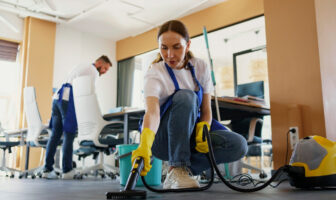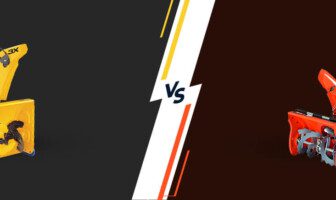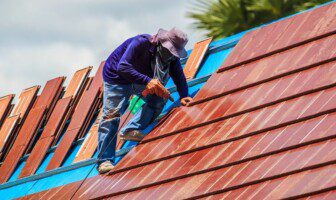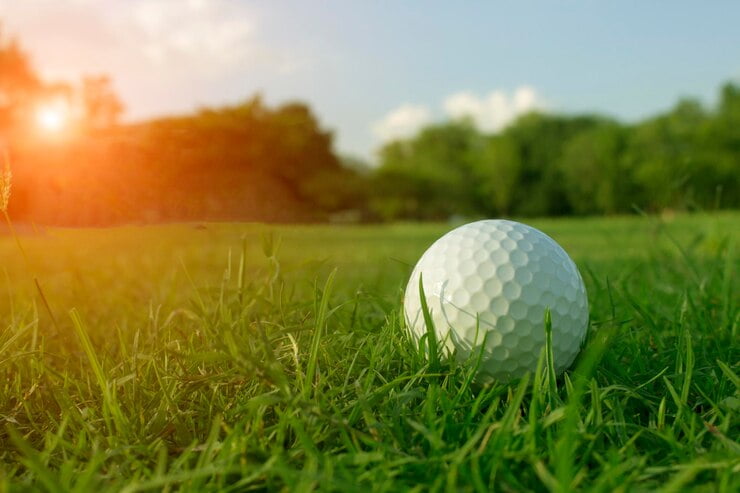
Before you install a fake grass lawn, make sure you do the proper research.
This includes looking at the different types, pricing, installation, and maintenance.
You also need to consider the safety of the fake grass to avoid accidents.
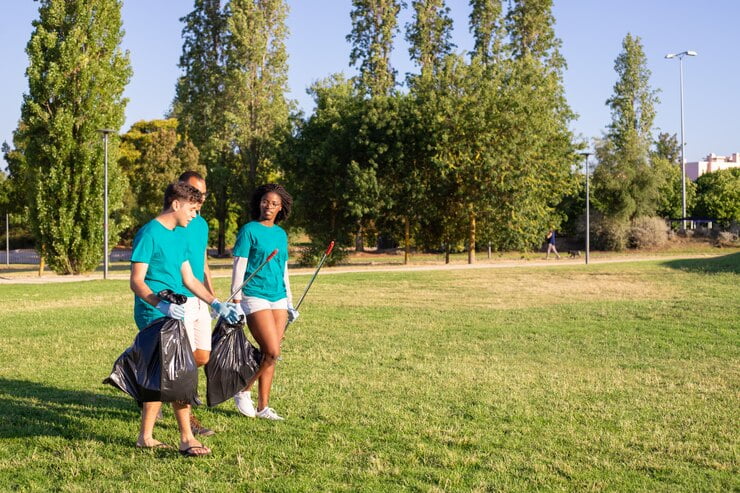
1. Research
A study conducted in the Netherlands by the tire industry association VACO found that 58 out of 60 synthetic grass fields contained higher concentrations of carcinogenic substances than the consumer product safety standards allow for.
This study found that the concentrations of these carcinogenic substances were between 1.5 and 3.7 times higher than the standards for consumer products.
Though fake grass is not regulated as a consumer product, many scientists and safety experts agree that the study results are troubling. UEFA has begun promoting the use of fake grass. This process will see it adopted first at the amateur, youth, and women levels before it becomes acceptable at the European Championships and UEFA Club Competitions.
However, to get to this point, manufacturers and testing institutes will need to carry out research into the quality of fake grass. This process will take several years. It is essential to ensure that the surface is safe to play on and will not harm the players or any spectators down there.
2. Pricing
Before determining the pricing of your fake grass project, you should understand what is included in the cost. The costs of the artificial turf installation include the infill material, weed barrier, and deodorizer. The cost of installing artificial grass will vary by area. The cost will also vary by size and number of installers needed.
Some artificial grass installation companies have fixed prices, while others will charge by square foot. A basic installation will cost less than a complex one, but will require more maintenance. The main factor that will determine the cost of your new synthetic grass installation is the area covered.
Additionally, the cost of installation can vary by shape and size. An irregular or uneven shape will increase the cost of the grass installation.
Furthermore, curved or intricately shaped grass will be more difficult to install. It is recommended to consult a pricing guide before deciding on a cost-effective option. Ensure that the installation crew is insured and qualified to do the work.
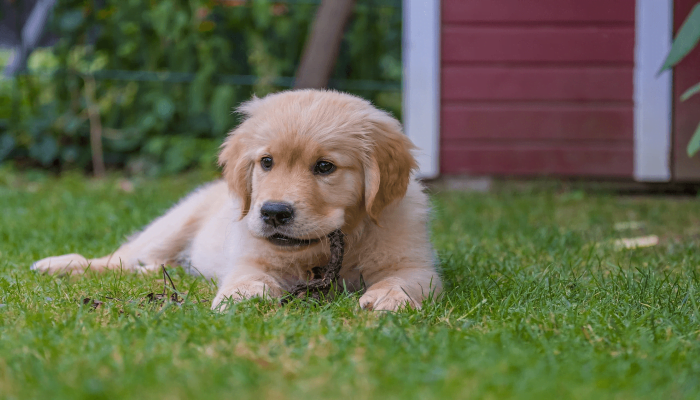
3. Installation
The first step in installing fake grass is to prepare the surface area to be covered. This will require a wheelbarrow, weed-suppressing membrane, and turf cutter. Other materials needed for the installation include sandstone and weed-suppressing membrane. The grade base will need to be smooth and flat.
A thin layer of sand will improve compaction integrity and ensure a level surface. After the base has been prepared, the fake grass is ready to be laid.
Recycling used turf is a great way to reduce landfill waste. While the tufts must be removed from the backing before they can be recycled, the rubber padding layer and infill can be reprocessed if need be.
These materials can be recycled, which saves energy and reduces greenhouse gas emissions. Another great way to recycle old turf is to take it to a recycling facility. However, most people do not have time to take small pieces of fake grass to a recycling facility. Instead, they will likely dispose of the material in a landfill.
4. Maintenance
If you have a fake grass field, it is important to maintain it properly. There are several simple steps that you can take to help keep your turf looking good. One of the first steps is to use a cleaning solution on the turf every now and then (www.wikihow.com/Clean-Artificial-Grass). Also, it is vital to check for any foreign objects that may have been scattered across it.
The next step is to keep the infill material even and at the proper levels. Lastly, you should brush the surface on a regular basis to keep the grass fibers upright and even. In order to keep your turf in good condition, you should clean it regularly. You can do this yourself by using cleaning equipment you can find at home.
Once you’ve cleaned your turf, you should water it to keep dust and dirt from gathering. Brushing fake grass weekly will prevent dust from settling into the fibers. Also, make sure to keep it moist to avoid any weed growth. If you don’t want to spend a lot of time on cleaning, you can purchase a vacuum cleaner or a steam cleaner.

| Note: In addition, you should clean your turf occasionally with a power brush cleaner to remove most of the dirt and improve its appearance of it. Regardless of whether you plan to use the fake grass for playing or relaxing, you should regularly clean it to keep it in good shape. Once a month is ideal for deep cleaning. |
Additionals:

























